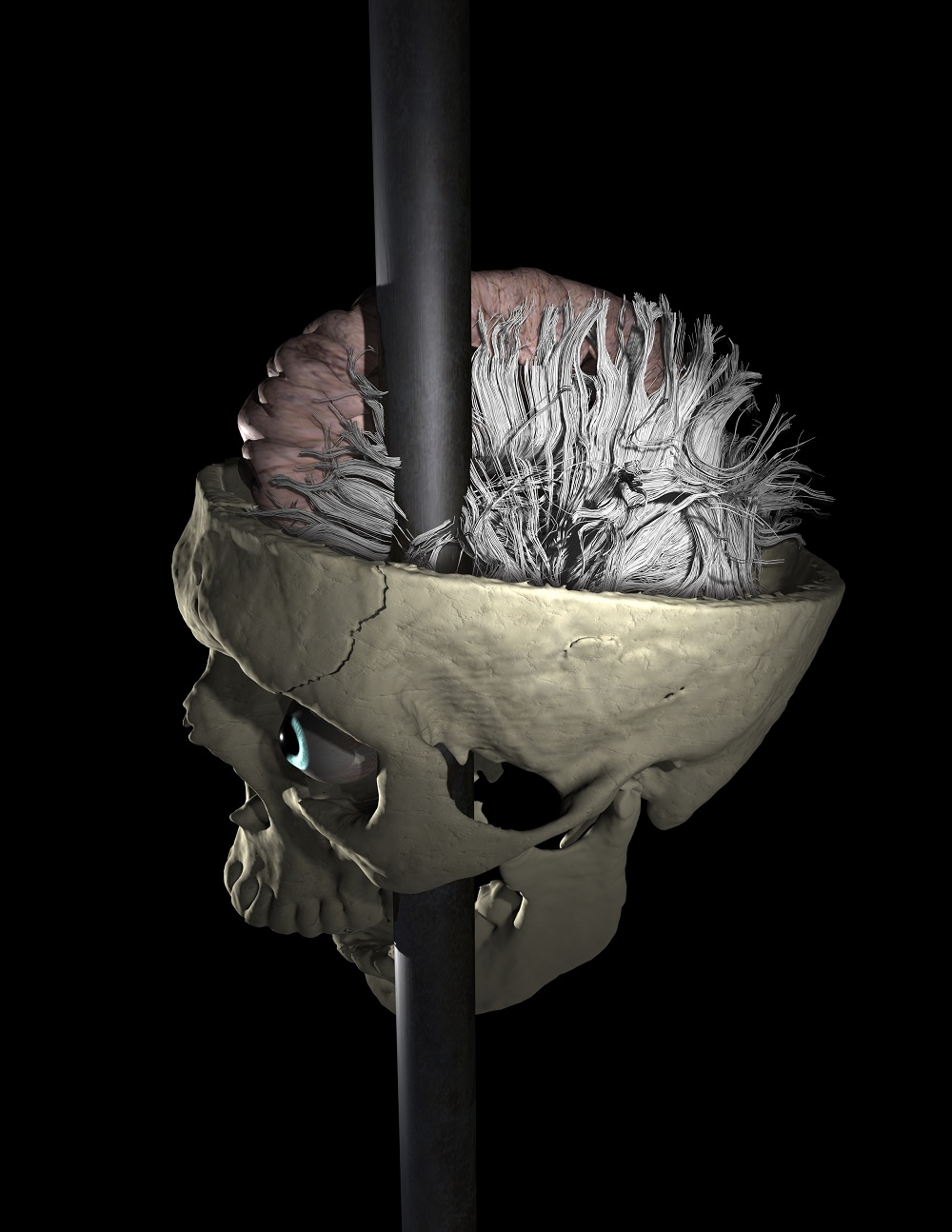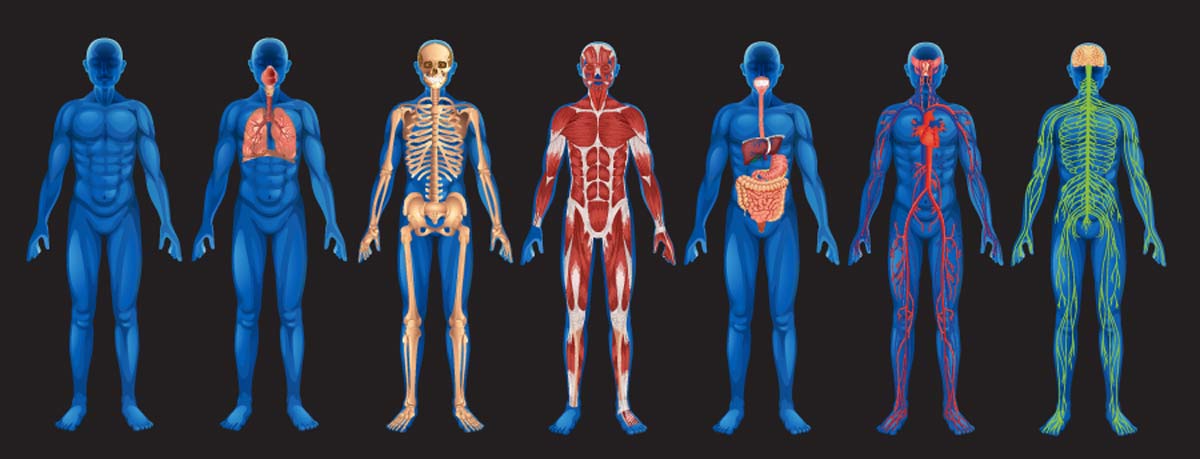Phineas Gage's Missing Brain Mapped

In 1848 Phineas Gage took a rod through his skull and survived to become one of neuroscience's most famous case studies. His brain recently got a second look by scientists, who were able to analyze how the rod that found its way into his skull would have done such irreparable damage to his personality, but still let him live.
The researchers used brain imaging data that was lost to science for a decade to look at the damage to Gage's white matter "pathways" that connect brain regions, building on earlier research studying the brain's "connectome."
"What we found was a significant loss of white matter connecting the left frontal regions and the rest of the brain," study researcher Jack Van Horn, of the University of California, Los Angeles, said in a statement. "We suggest that the disruption of the brain's 'network' considerably compromised it."
"This may have had an even greater impact on Mr. Gage than the damage to the cortex alone in terms of his purported personality change," Van Horn said. The analysis of Gage's brain was published today in the May 16 issue of the journal PLoS ONE.
Story of Phineas
In 1848, Phineas Gage was supervisor for the Rutland and Burlington Railroad in Vermont. He was using a 13-pound, 3-foot-7-inch rod to pack blasting powder into a rock when an explosion drove the rod through his left cheek and out of the top of his head.
You use your eyes to see, your ears to hear and your muscles to do the heavy lifting. Well, sort of. In fact, most body parts are far more complicated than that, while some seem to have no business being inside there at all.
Sign up for the Live Science daily newsletter now
Get the world’s most fascinating discoveries delivered straight to your inbox.
Ready for Med School? Test Your Body Smarts

As reported at the time, the rod was later found, "smeared with blood and brains."
Miraculously, Gage lived, becoming the most famous case in the history of neuroscience — not only because he survived a horrific accident that led to the destruction of much of his left frontal lobe but also because of the accident's profound effects on his personality and behavior.
Gage went from being an affable 25-year-old to one that was fitful, irreverent and profane. His friends and acquaintances said he was "no longer Gage."
Rebuilding a brain
Over the years, various scientists have studied and argued about the exact location and degree of damage to Gage's cerebral cortex and the impact it had on his personality.
Gage's 189-year-old skull, which is on display in the Warren Anatomical Museum at Harvard Medical School, is now fragile and off limits for testing, so the researchers had to track down imaging data from 2001, which had been misplaced for a decade.
The authors recovered the data files and reconstructed the scans; Next, they modeled the exact trajectory of the tamping iron that shot through his skull.
Finally, because the original brain tissue was, of course, long gone, the researchers used modern-day brain images of males that matched Gage, then used software to position a composite of these 110 images into Gage's virtual skull, the assumption being that Gage's anatomy would have been similar.
Damaged matter
Approximately 4 percent of Gage's grey matter was intersected by the rod's passage, and more than 10 percent of Gage's total white matter was damaged. The passage of the tamping iron shattered connections throughout Gage's brain, likely a major contributor to the behavioral changes he experienced, the researchers said.
While the actual damage from the rod was localized to the frontal lobe, "the passage of the tamping iron resulted in the widespread interruption of white matter connectivity throughout his brain, so it likely was a major contributor to the behavioral changes he experienced," Van Horn said. "Connections were lost … which likely had considerable impact on his executive as well as his emotional functions."
Van Horn noted that studying the changes to Gage's brain's pathways might well provide important insights for modern-day brain trauma patients.
"The extensive loss of white matter connectivity, affecting both hemispheres, plus the direct damage by the rod, which was limited to the left cerebral hemisphere, is not unlike modern patients who have suffered a traumatic brain injury," Van Horn said. "It is analogous to certain forms of degenerative diseases, such as Alzheimer's disease or frontal temporal dementia, in which neural pathways in the frontal lobes are degraded, which is known to result in profound behavioral changes."
As for Gage — he lived on with his new personality, eventually traveling and finding employment as a stagecoach driver for several years in South America. Ultimately, he died in San Francisco, 12 years after the accident.










